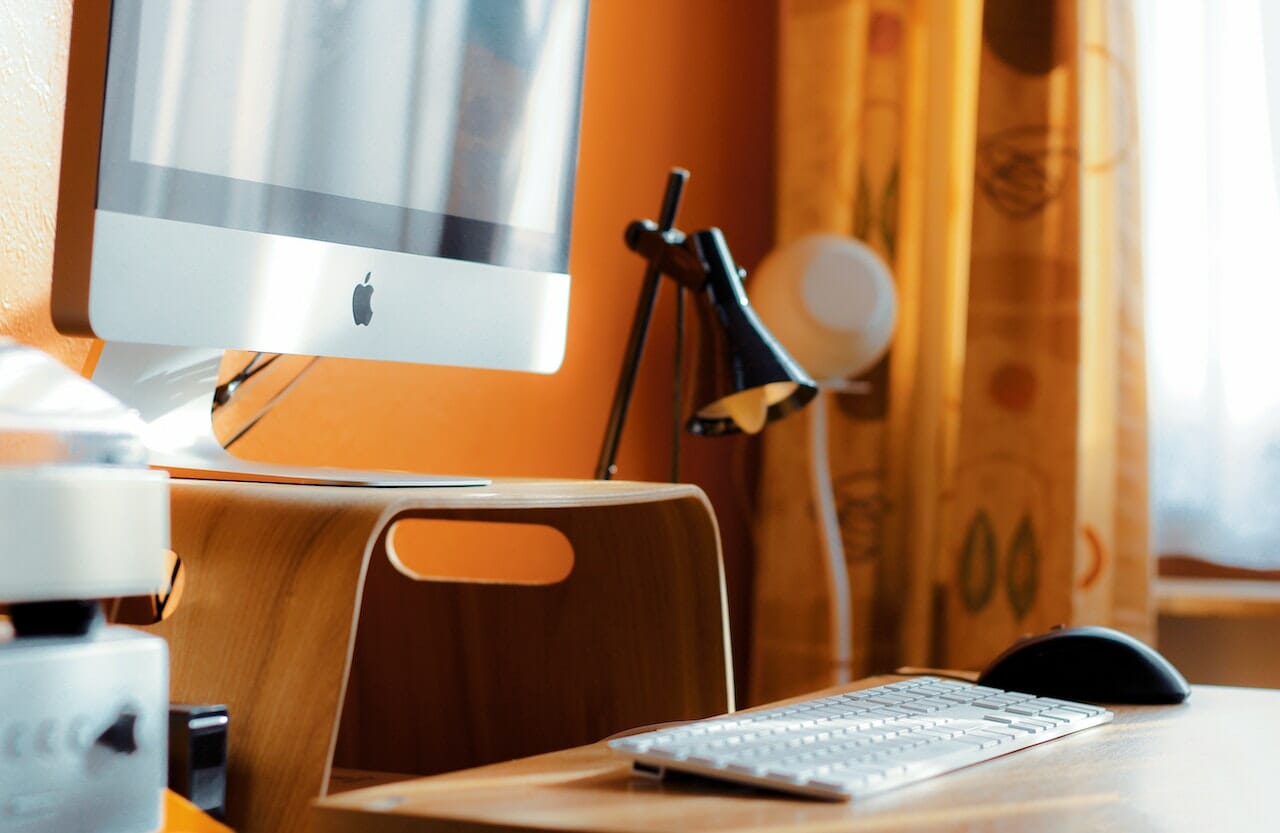So we had Proton. It was proudly our “national car”. Was it a good idea? Or simply a dumb idea? Then we had Perodua, which also wanted to be a “national car”. We had NAZA also tried to follow suit with this “national car” tag.
NAZA with its Kia, Peugeot, and what else rebranded.

The first Proton Saga | paultan.org
We can build, and design it too!
From my perspective, the idea was good. Malaysia leapfrogged into the “industrial age”. “High technology” stuff in those days. One of the very few countries in the world that could design and produce its own car.
Let’s count them, we had: the USA, UK, Japan, South Korea, Russia (if you count LADA n Zil limousines), Germany, France, Italy, Spain, Malaysia, and then Indonesia (if I remember correctly, it was Tommy Suharto who tried). Sorry Aussies, Holden Commodore V8 didn’t count. Neither did Mexico with the original VW Beatle.

Proton Persona | paultan.org
Honestly, we really could, but then…
Malaysia, with the help of Mitsubishi, did. Later on with the Gen2, Persona, Prevé, and Suprima S, Proton really did become a car designer and producer, stamping Malaysia’s status as a country that produced its own car. However, it chose to undo itself with the Inspira, despite the Inspira being a better car than the base Mitsubishi it was based on (claimed many owners).
If we looked at the Inspira, Proton degraded (from one perspective ) into a car “tuning” company. It might be a good move from one angle if you look at it becoming like a Brabus, AMG, Alpina, and the like.
When the rebadged Suzuki Ertiga came out as Proton Ertiga, you’d start to wonder if Proton had closed its entire design as well as its marketing departments. No one remaining to just even think of a new name for the car? At least?

Nissan Sunny 1307 – Popular in the early 80s
Let’s make money, lots of…
With Proton, also came the increased duty, excise, tax, and whatchamacallit for foreign-made cars. Honestly, I never knew what are the differences between these terms. I just knew that foreign cars, even the cheapest of the cheap, like the Nissan Sunny, became more expensive than the Proton. In the name of building the national car industry.
Despite the “success” of the national car industry, if you can call it that, apparently it still needed protection. To this day! I guess, just like some policies, laws, or enactments in Malaysia; “they” kept it going on when the need for it was long gone. Kind of like the hoarder mentality aren’t we? Even people in parliament also we still keep them when we no longer need them. Not that they had ever been of any use in the first place.
Maybe the government had realized that if they abolished these excise or duty thingy, the country’s income suddenly would crash.
This brings us to…
The question is, “Do we need that much money, for the country’s expenditure?” and, “Why does the country spend so much?”
It was mentioned elsewhere that the Norwegian Oil & Gas industry was similar in size and produced a similar amount of income as Malaysia’s. Also mentioned in some studies, the Norwegian oil & gas industry could stop today, and the country would be fine. Apparently, Norway had used and invested its oil and gas income wisely. Its citizens also enjoyed a high-quality standard of living.
What happened to Malaysia then? Poverty – especially urban poverty – is rampant. The cost of living in Klang Valley vs affordability is simply absurd!
The auditor general of Malaysia, year after year highlighted the “leakages”. This was the leakage from the government expenditures using funds which were basically the money chiefly from our oil and gas production, corporate taxes, and taxes collected from the public.
We know also now that attempts to grow these funds resulted in something like 1MDB or the alleged abuses of funds from government investment corporations like Khazanah or PNB. Billions went in to rescue companies that had been sucked dry (allegedly) by what I’d call the “sakau-ists”. They were so good “sakau-ing” money from their corporations, which were then “rescued” by the government. Then they would go live overseas happily ever after, while we the taxpayers and rakyat foot the bill.

What has this got to do with transport?
A quick example: the Malaysian government injected RM1.25b into Proton. It gave Proton 5 years to turn around. Then Proton was sold to Geely. Do we know how the RM1.25b was utilized? The government had also injected a lot of money into Proton earlier which became the issue debated on “bailing out”.
What if, the amount wasted like these were invested into looking at, and designing the public transportation in Klang Valley, as well as other cities?

Cars versus public transportation
It was probably in the 80s that there was a tv commercial on carpooling. We knew that was a waste of money as carpooling never worked. We all have our own selfish reasons why we would want to drive our own cars. We would even drive the gigantic Alphard when we drive alone to the mamak to get teh tarik. Then we complained – “No parking! DBKL and MPSJ need to build more parking!” Then, when the authorities built centralized parking buildings like in Taipan USJ, PJ new town, or Dataran Sunway, we complained again, “Too far la from the mamak! I just want to get a teh tarik only!”
The culture of “driving everywhere” had been embedded and so entrenched in our psyche. Walking ten minutes “in the hot Malaysian sun” would kill us, even though it’s nighttime! We even have another reason (excuse really), “I don’t want to get mugged driving to the car”.
Some commercial areas, like the Megan Avenues, have underground parking. Above are the shop lots or offices. Guess what, most of these places, especially the shops, are empty. Only the offices are occupied. People don’t want to walk down to the public carpark, normally allocated in the third, or even fifth basement levels. “Scary wor…”
Many have seen the light now in using public transport. Before the MRT began operation, those who lived within about a 20-25km radius would have the LRT and those further would have to take the very efficient Komuter trains.
The LRT, to this day, was still very packed. While the MRT was relatively not so packed. Made us wonder why the powers that be built the LRT first and not the MRT. And why was the LRT’s capacity smaller than the MRT’s? I could only think of one word – dumb!
Next, would they expect the commuters to walk to the stations? Look at the parking facilities, pathetic! Oh sure, there were feeder buses. Have you been to one?
To Prasarana’s credit, the buses are clean, often on time, and efficient. But have you really ridden in one? I bet that most drivers must be those who failed to make the cut to be F1 drivers. That’s why they drive like one!
I would take these buses when I planned my trips. I could make it to the station, made the train and made it to the client’s office on time. Sometimes though, I was a little late. So I would ride my motorcycle. The motorcycle parking, without fail, at most LRT and MRT stations, would be overfilled by 200-300%!
We see more people taking public transport. But why would there still be gazillions of cars on the road?

Affordable cars?
Could it be despite the taxes and excise, that cars are still affordable?
I would answer that with yes! With loans being extended to seven or nine years, cars had been made affordable. Base models like the Perodua Axia or Proton Saga, could be had with monthly installments of around RM400 per month. Many parents from the upper M40 or T20 income bracket wouldn’t mind buying their children cars. After all, the child was now working, the parents wouldn’t need to support them for food anymore. Wouldn’t mind diverting that money into purchasing a car.
The child needed safe transport to work, away from the sun and rain. Reaching the office fresh so that he or she could perform well and gets promoted…
And the cycle continues.
Public money
What if the RM1.25b that was injected into Proton and other similar kinds of wasted funds, were put into proper planning and execution work for public transport? Larger and more comfortable coaches; clean, comfortable, and efficient stations; more frequent trains; efficient trains with further reaches; comfortable and more frequent feeder buses; facility for bicycles on board (at least the folding ones); better parking facilities, etc. Many more could be added to the list.
But what we knew about, one former chairman of the transport company was focused on getting the maintenance contract to his son-in-law! Of course, the maintenance and inspection work was not even done properly. Look at the recent issue of the cracked pillars at the Ampang Line LRT! That went back to the design stage even. Who was the design consultant?
Was the design done and paid for properly? Was the fund used properly or did part of it go into someone’s bank account – resulting in shoddy work?

Cycling?
As a means of transportation, cycling had been severely underestimated and overlooked. Personally, I cyclo-commuted between Subang Jaya (in the suburb) and Ampang Park (in the city center). I did it for two and a half years. I knew it can be done. I knew too, that a lot could be improved, to make it become an affordable and viable form of transportation to work.
Last I checked, honestly I could say that the effort from the authorities, was as the Malay saying, “melepaskan betuk di tangga”. Not even a half-hearted effort. Look at the “blue lanes” in the city center today. Pathetic.
A lot needs to be done. A concerted, serious, and focused effort has to be put into this. I would love the representatives for the affected areas like Damansara (Gobind), Segambut (Hannah, Subang, and others, to band together and work on this.
As of 2020, Selangor and KL remained the highest contributors to the national GDP – a total contribution of 40.4%. If we can’t take care of these people, forget about having a country altogether.







